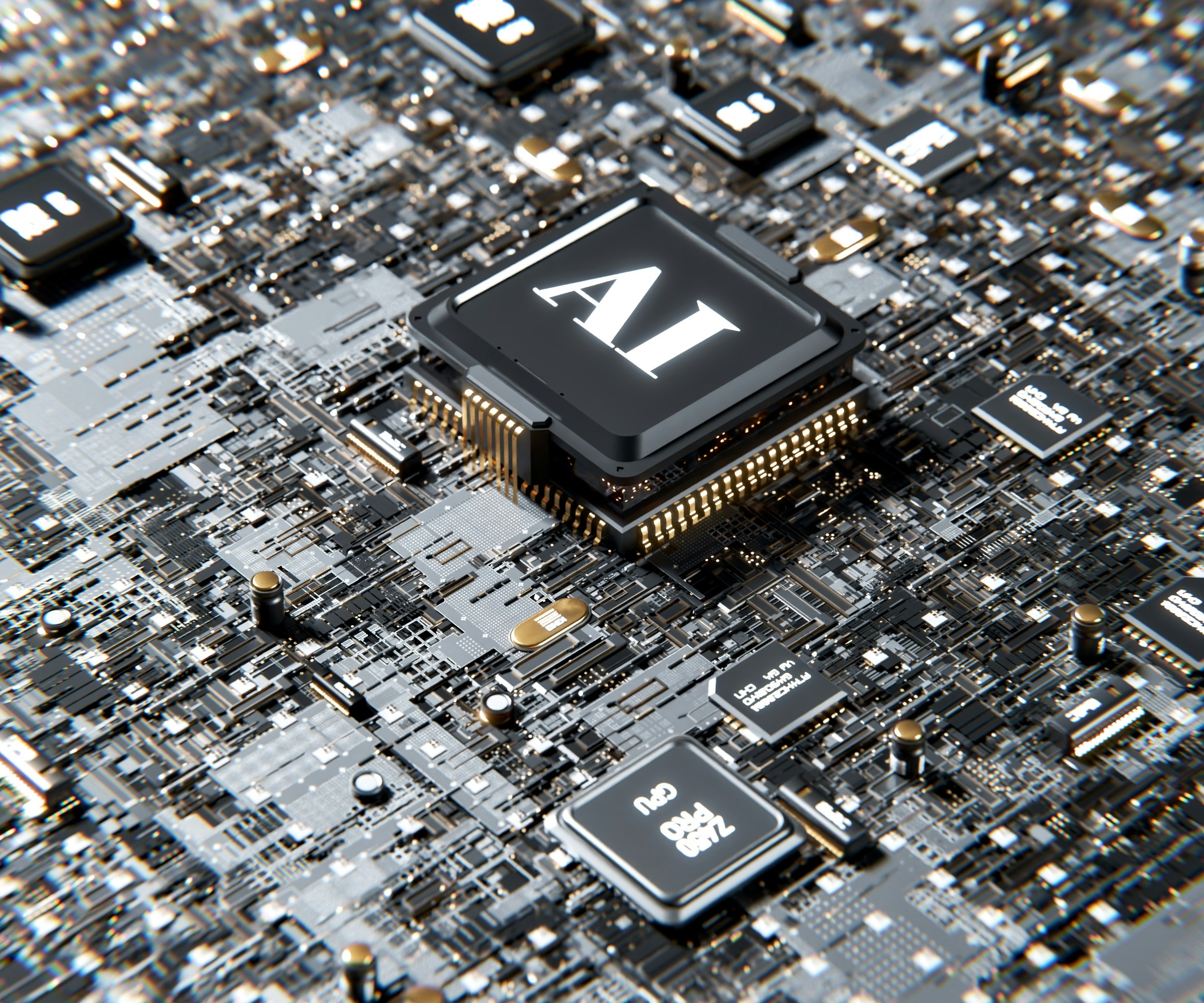 Artificial Intelligence
Artificial Intelligence
Spike in demand for AI may trigger thousands of premature deaths: Study
The rising demand for Artificial Intelligence and resultant computer processing is increasing air pollution levels from power plants and backup diesel generators.
Experts now believe this air pollution is expected to result in as many as 1,300 premature deaths a year by 2030 in the United States.
A study conducted by UC Riverside and Caltech scientists showed that public health costs from cancers, asthma, other diseases, and missed work and school days are approaching an estimated $20 billion a year.
The findings of the study were published by UC Riverside and Caltech scientists online this week.
“If you look at those sustainability reports by tech companies, they only focus on carbon emissions, and some of them include water as well, but there's absolutely no mention of unhealthful air pollutants and these pollutants are already creating a public health burden,” said Shaolei Ren, a UCR associate professor of electrical and computer engineering and a corresponding author of the study.
The authors, including Caltech professor and computer scientist Adam Wierman, recommend that standards and methods be adopted that require tech companies to report the air pollution caused by their power consumption and backup generators.
They further recommend that communities hit hardest by air pollution from data processing center electricity production be properly compensated by the tech companies for the health burden.
The authors also found that air pollution stemming from AI disproportionally affects certain low-income communities, partly because of their proximity to power plants or backup generators at the data processing centers. Additionally, the pollution drifts across county and state lines, creating health impacts on communities far and wide, Ren said.
“The data centers pay local property taxes to the county where they operate,” Ren said. “But this health impact is not just limited to a small community. Actually, it travels across the whole country, so those other places are not compensated at all.”
For example, pollution from backup generators at data centers in Northern Virginia drifts into Maryland, West Virginia, Pennsylvania, New York, New Jersey, Delaware, and the District of Columbia, creating regional public health costs of some $190 million to $260 million a year. If these backup generators emit at their maximum permitted level, the annual cost will become 10-fold and reach $1.9 billion to $2.6 billion.
In some areas, the public health cost associated with AI processing centers exceeds what the tech companies pay for electricity, the study shows.
As tech companies race to provide AI services that are reshaping how we work and play, the resulting air pollution in the form of lung-penetrating fine particles — those smaller than 2.5 micrometers — and other federally regulated pollutants, such as nitrogen oxides, is expected to steeply increase. The public health burden by 2030 is expected to be double that of the U.S. steel-making industry and rival that of all the cars, buses and trucks in California, the study projects.
“The growth of AI is driving an enormous increase in demand for data centers and energy, making it the fastest-growing sector for energy consumption across all industries,” Ren said.
Support Our Journalism
We cannot do without you.. your contribution supports unbiased journalism
IBNS is not driven by any ism- not wokeism, not racism, not skewed secularism, not hyper right-wing or left liberal ideals, nor by any hardline religious beliefs or hyper nationalism. We want to serve you good old objective news, as they are. We do not judge or preach. We let people decide for themselves. We only try to present factual and well-sourced news.







